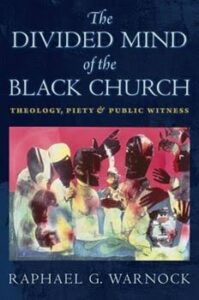 Summary: A conclusion (?) to the spin-off Shadow series about Bean and his family bringing them back into the Ender Quintet.
Summary: A conclusion (?) to the spin-off Shadow series about Bean and his family bringing them back into the Ender Quintet.
I have seen The Last Shadow both marked as the sixth book in the Ender series (starting with Ender’s Game) and the fifth book in the Shadow series (starting with Ender’s Shadow). It plays both roles. As I commented with The Last Tourist (odd that both have the same naming convention), it is just easier to read books that are written more closely together. The Shadow series was started in 2003 and Ender’s Game is a 1985 novel that was based on a 1977 short story. What I did not know until the author’s comments at the end of the book, was that initially Card had a contract to write the novel Speaker for the Dead, but realized that once he started writing that book with its roots going back to the short story version of Ender’s Game, he needed to elaborate and change some of the plotlines to prepare for the later books.
As I have commented before, I am not sure there is any book I have read more than Ender’s Game. Orson Scott Card has played around with the story since its novelization in 1985. He released a revised version in 1991 that took into account the fall of the Soviet Union. He revised it again slightly for a 20th-anniversary release in 2005. And he released an audio play version in 2013 that referenced some of the subsequent short stories and included new scenes and perspectives. And in 2011 there was a film adaptation. I am very familiar with the series and have even read the companion book that pays tribute to the ways that the novel has impacted scifi.
Despite my love for the “Enderverse”, I have been a bit mixed about Card’s writing over the years. Card has embraced his libertarian political ideas with the two books Empire and Hidden Empire about a second American Civil War. And Card’s Mormon theology regularly comes through in his writing, not just in his religious book series but frequently in his social commentary, especially around family.
A story has to be able to stand up on its own, not just as a plank in the world-building of a series. For the most part, I think The Last Shadow cleaned up some of the mess of the Children of the Mind. The original characters of Ender’s Game are essentially all gone except for Jane and some cameos by others. Miro from the 2nd-4th books of the series plays a significant role as does Peter from the fourth book and then the children and grandchildren of Bean that were introduced in Shadows in Flight.








